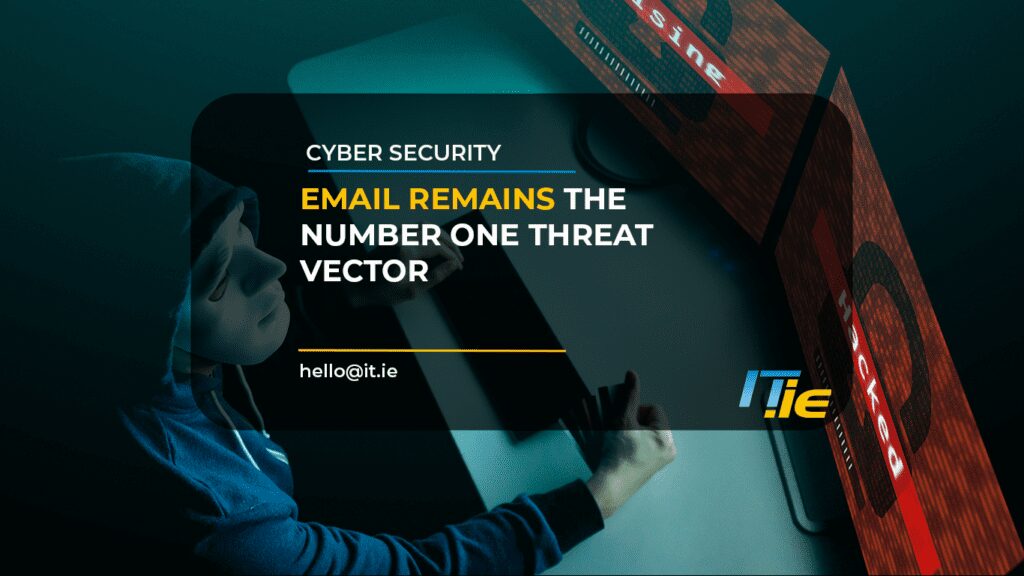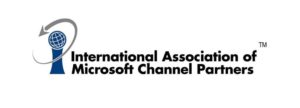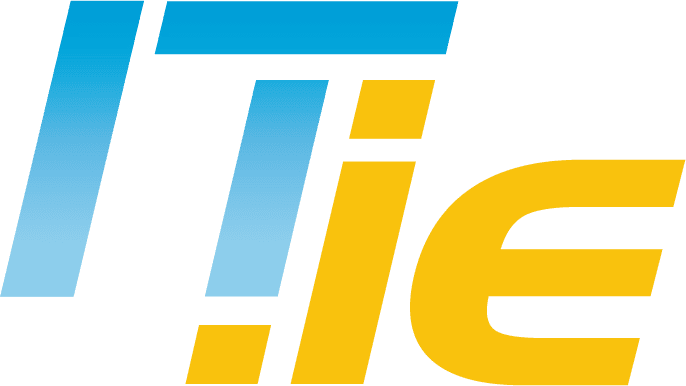Attention all businesses: Are you aware of the dangerous threat lurking in your employees’ inboxes? Back in 2018 we warned that the greatest threat to your organisation Is sitting in the inboxes of your employees. Despite advancements in cyber defence, this is still the case and it’s becoming easier for bad actors to target your inbox with phishing scams. Sophisticated Phishing-as-a-service (PaaS) kits, allow, even novice hackers to deploy convincing phishing that can automatically localise phishing pages based on a victim’s native language. According to Vade, a global leader in threat detection, seven out of ten businesses suffered a serious data breach via email in the past year. In the fourth quarter of 2022, Vade detected a staggering 278.3 million phishing emails, surpassing the previous quarter’s total by 74.4 million. The best defence against these attacks is a multi-layered approach to cybersecurity. Act now before it’s too late. Protect your business and stay ahead of the game.
Here are several recommended steps that we recommend and that will greatly help mitigate against phishing and malware attacks:
- Implement email filtering: Installing an email filtering solution, can help protect against phishing and malware attacks by scanning emails for malicious content and blocking them before they reach your inbox.
- Regular software updates: Ensure that all your software and email client are regularly updated to the latest version, as this can help protect against vulnerabilities that could be exploited by phishing and malware attacks.
- Use multi-factor authentication: Multi-factor authentication adds an extra layer of security to your email accounts, making it more difficult for hackers to access them.
- Train employees in cyber awareness: Employee Cyber Awareness Training is a critical component of email security. Regular training on recognising phishing emails and other cyber threats can help reduce the risk of a successful attack.
- Back up data: Regularly back up important data to minimize the damage caused by a successful phishing or malware attack.
- Use strong passwords: Use strong and unique passwords for all email accounts, and regularly change them to reduce the risk of them being compromised.
- Educate employees on safe email practices: Make sure your employees understand the importance of safe email practices, such as avoiding clicking on suspicious links or downloading attachments from unknown sources.
By following these steps, organisations can significantly reduce the risk of a successful phishing or malware attack through email security. Please download our free Phishing Prevention Guide for further information on how to protect your organisation from a phishing attack.














